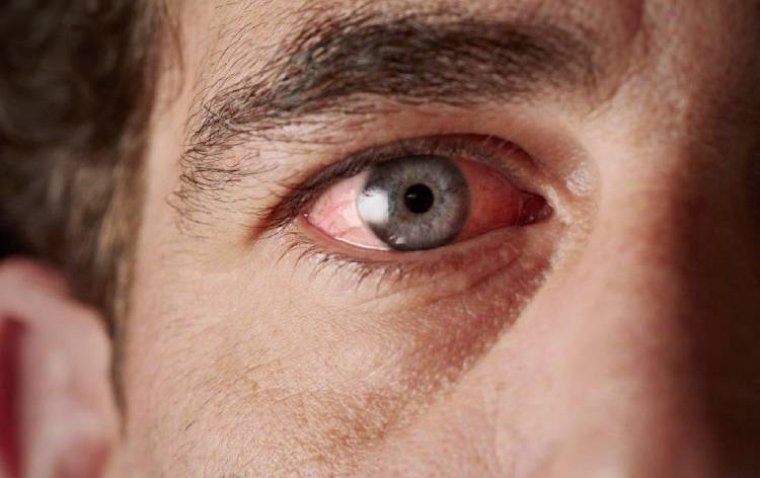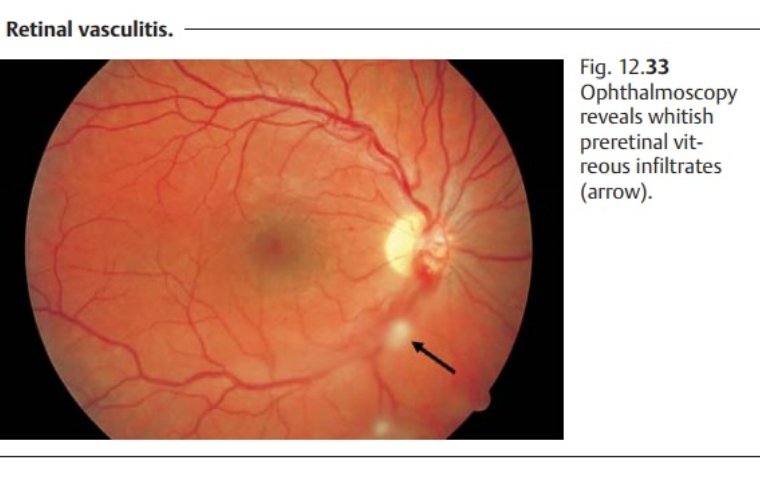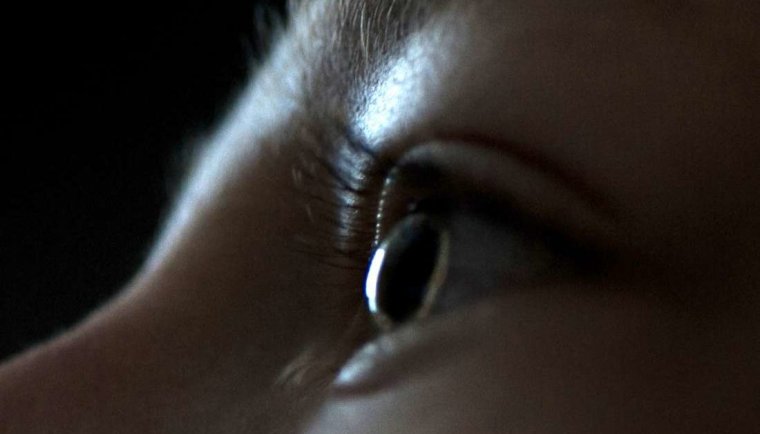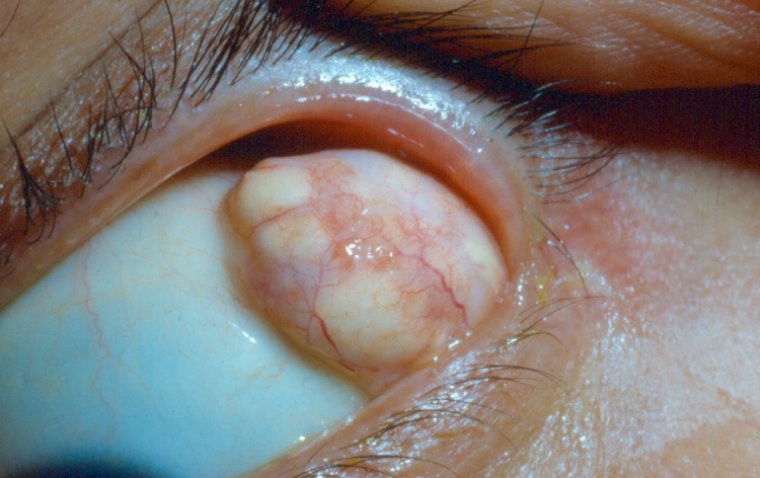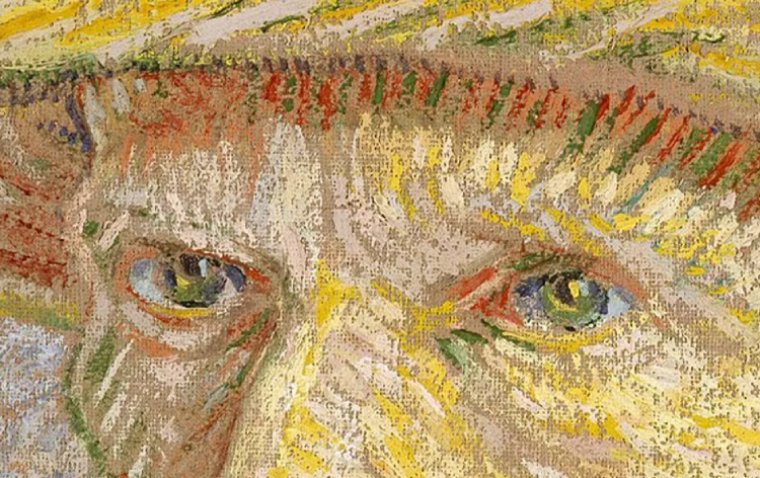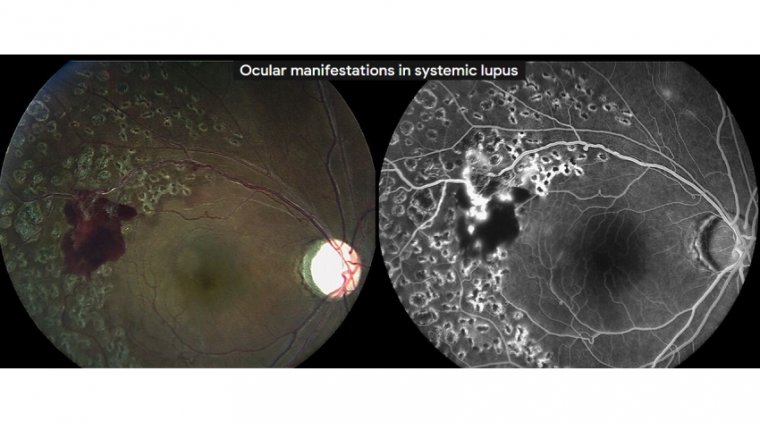
Anisocoria: When Pupils Don't Play By The Same Rules
What Is Anisocoria?
Anisocoria is a medical condition where the pupils of the eyes are unequal in size. While slight variations in pupil size are common and normal, significant differences in pupil size can be an indication of a serious underlying medical condition. In this article, we will discuss the causes, symptoms, and treatment of anisocoria.
What Causes Anisocoria?
Anisocoria can be caused by a number of underlying conditions, including:
● Physiological anisocoria: This is a benign condition where there is a slight difference in pupil size between the two eyes, with no underlying pathology. It is usually asymptomatic and requires no treatment.
● Horner's syndrome: This condition occurs due to damage to the sympathetic nerves that control pupil dilation. It can be caused by a number of underlying conditions, including neck injury, tumor, or neurological disorders.
● Adie's pupil: This is a rare condition that affects the muscles that control the size of the pupils. It causes the affected pupil to be larger than the other and to react slowly to light. It is typically caused by a viral infection or inflammation of the eye.
● Brain injury: Traumatic brain injury, stroke, or brain tumors can damage the nerves that control the size of the pupils and lead to anisocoria.
● Infections: Certain infections, such as meningitis or encephalitis, can cause anisocoria by affecting the nerves that control the size of the pupils.
● Medications: Certain medications, such as those used to treat glaucoma or Parkinson's disease, can cause anisocoria as a side effect.
● Eye trauma: Injuries to the eye, such as a corneal abrasion or retinal detachment, can cause anisocoria.
● Iris abnormalities: Some conditions that affect the iris, such as coloboma or heterochromia, can cause anisocoria.

Is Anisocoria a Common Condition?
Anisocoria is not a common condition and may only be noticed during a routine eye exam or after an injury. However, the prevalence of anisocoria can vary depending on the underlying cause.
What Are the Symptoms of Anisocoria?
The symptoms of anisocoria can vary depending on the underlying cause, but some common symptoms include:
Unequal pupil size: The most noticeable symptom of anisocoria is the difference in size between the pupils. In some cases, the difference may be subtle, while in other cases, it may be very noticeable.
Eye pain: Some people with anisocoria may experience eye pain or discomfort, especially if the condition is caused by an injury or infection.
Blurry vision: If the anisocoria is caused by a problem with the muscles that control the size of the pupil, it can lead to blurred or distorted vision.
Sensitivity to light: Anisocoria can cause one eye to be more sensitive to light than the other, which can make it uncomfortable to be in bright environments.
Headache: In some cases, anisocoria can cause headaches, especially if it is caused by a brain injury or other neurological condition.
Nausea or dizziness: Anisocoria can cause dizziness or nausea in some people, especially if it is accompanied by other symptoms like blurry vision or sensitivity to light.
Can Anisocoria Be Temporary or Is It Always Permanent?
Anisocoria can be temporary or permanent depending on the underlying cause. Temporary anisocoria may occur due to medication side effects, head injury, or eye infection. Permanent anisocoria may occur due to nerve damage or congenital disorders.
Can Anisocoria Be a Sign of a Serious Medical Condition?
Anisocoria can be a sign of a serious underlying medical condition such as a brain tumor, aneurysm, or nerve damage. If anisocoria is sudden or accompanied by other symptoms, it is important to seek immediate medical attention.
How Is Anisocoria Treated?
Treatment for anisocoria depends on the underlying cause. Here are some potential treatments for anisocoria:
1. Observation: If the anisocoria is not caused by an underlying medical condition and is not affecting vision, the condition may be observed without treatment. The size difference between the pupils may be small and not noticeable or cause any significant problems.
2. Medication: If anisocoria is due to a nerve or muscle issue, then medication may be prescribed. These medications can help to alleviate symptoms such as drooping eyelids or double vision.
3. Surgery: If an underlying condition, such as a tumor or injury, is causing the anisocoria, then surgery may be required to correct the issue. In some cases, surgery may not be possible or may not be recommended due to the potential risks involved.
4. Treatment of underlying medical condition: Anisocoria can be caused by underlying medical conditions such as Horner's syndrome, which requires treatment of the underlying condition to manage anisocoria.
5. Eye drops: Certain types of eye drops may be used to reduce the size of the larger pupil or increase the size of the smaller pupil to reduce the difference in size between the two pupils.
It is important to consult with an ophthalmologist or optometrist to determine the underlying cause of anisocoria and appropriate treatment options.
Is Anisocoria Preventable?
Anisocoria is not always preventable, as some causes such as head injury or congenital disorders cannot be prevented. However, taking proper precautions to prevent head injuries and seeking medical attention for eye infections and other medical conditions can reduce the risk of developing anisocoria. Regular eye exams can also help detect anisocoria early on and allow for prompt treatment.
(1).jpg)
